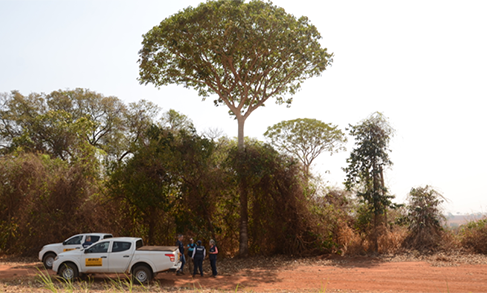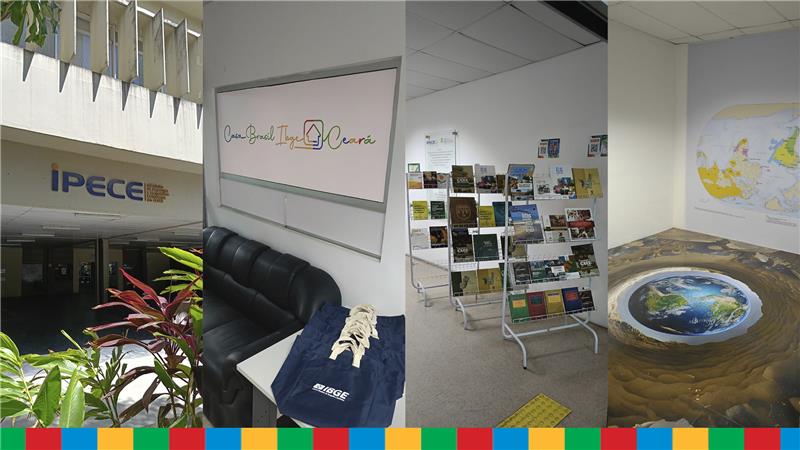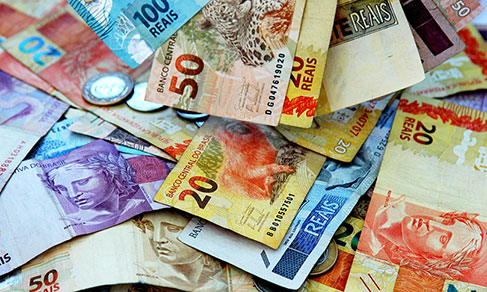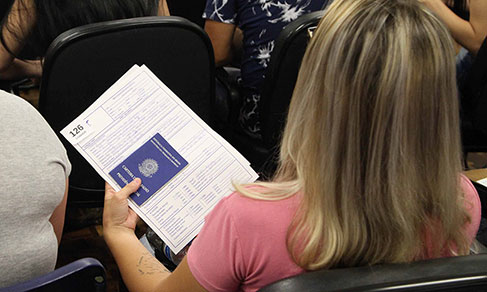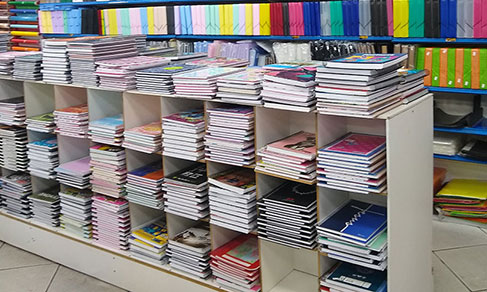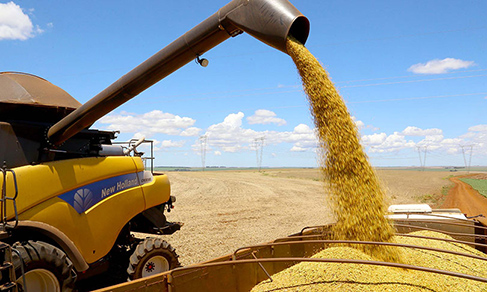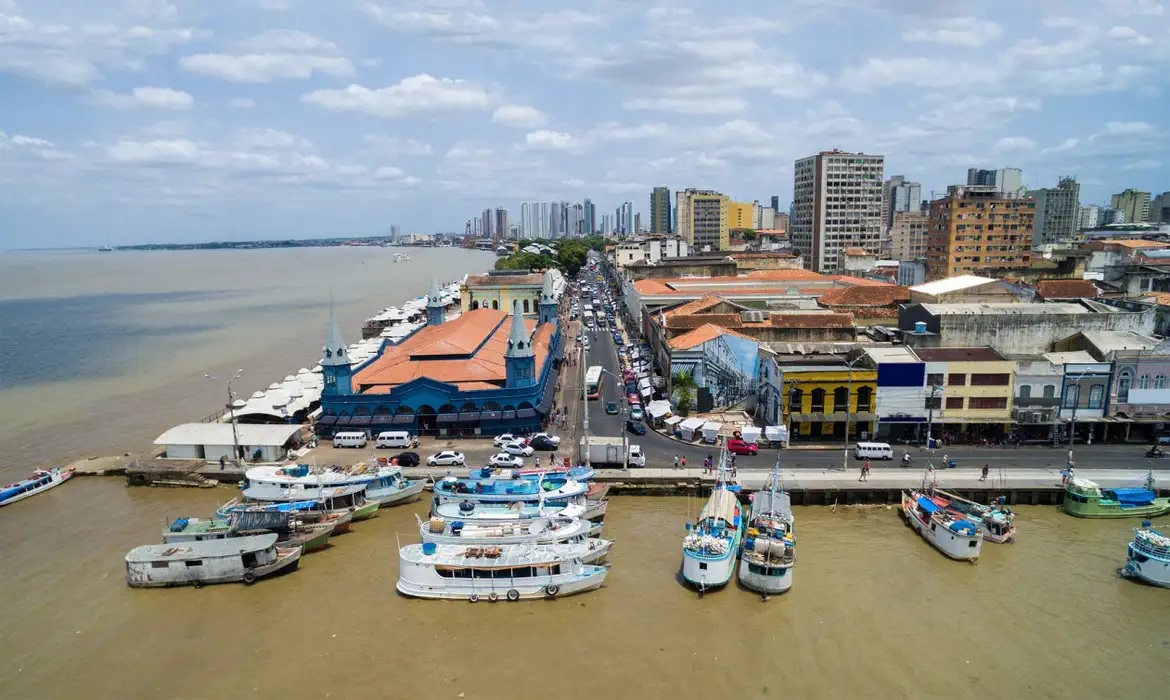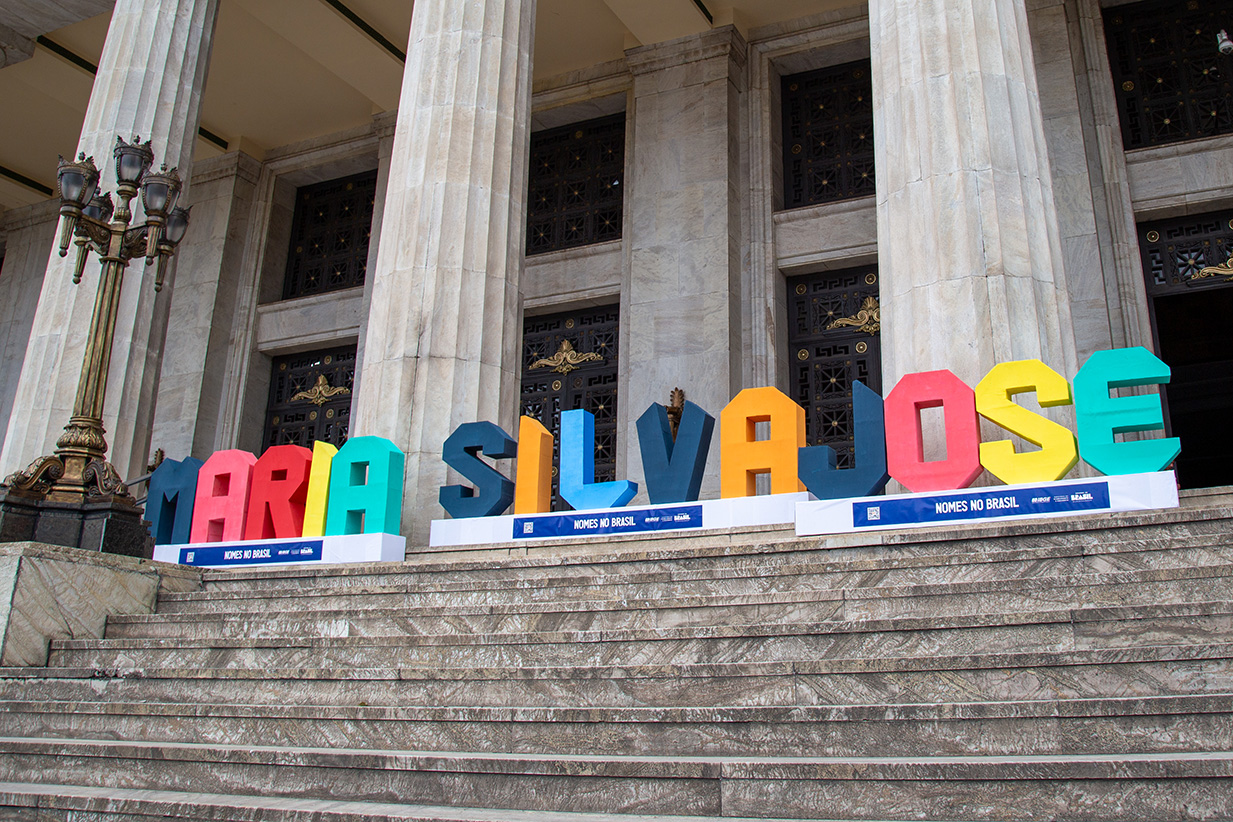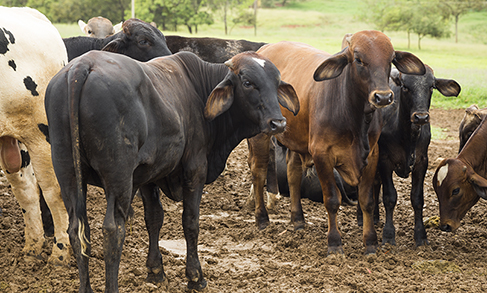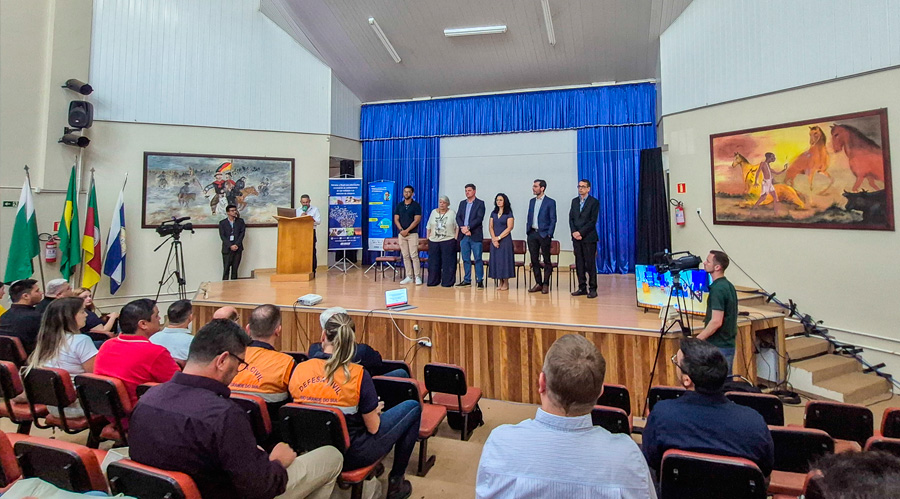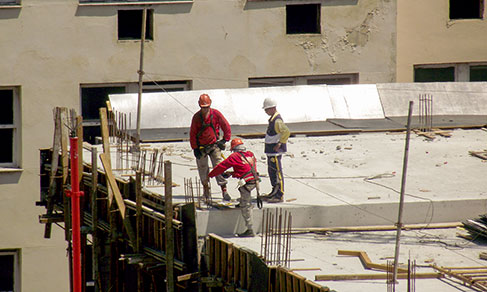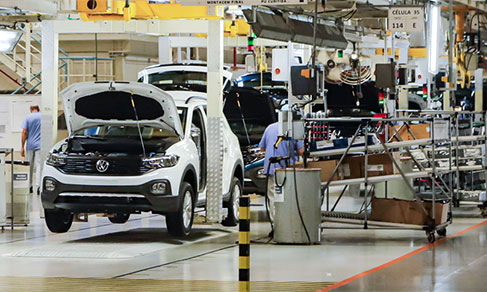National Accounts
GDP grows 3.2% in Q4 but closes the year falling 4.1%, the greatest drop in 25 years
March 03, 2021 09h00 AM | Last Updated: March 04, 2021 05h38 PM
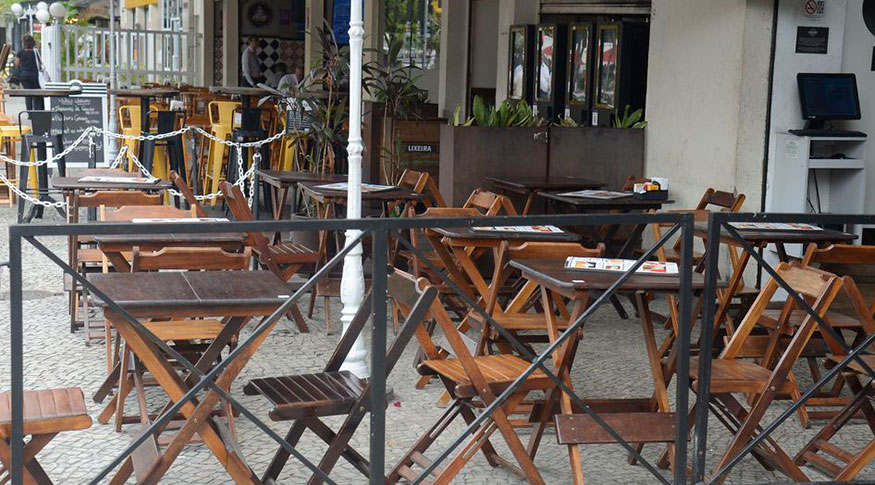
The country's Gross Domestic Product (GDP) advanced 3.2% in the fourth quarter of 2020, but closed the year with a 4.1% decrease, totaling R$ 7.4 trillion. It is the biggest annual decrease in the series that started in 1996. This fall interrupted a three-year growth, from 2017 to 2019, when the GDP accumulated a 4.6% increase. The per capita GDP reached R$ 35,172 last year, a record decrease of 4.8%.
The data are from the System of Quarterly National Accounts, released today (March 3rd), by the IBGE.
“The result is a consequence of the Covid-19 pandemic, which stopped several economic activities either partially or totally to prevent the spread of the virus. Even with the relaxation of social distancing, many people refrained from buying goods and services, especially those that can cause agglomeration”, analyzes National Accounts coordinator Rebeca Palis.
In 2020, services shrank 4.5% and industry, 3.5%. Together, these two sectors represent 95% of the national economy. On the other hand, agriculture grew by 2.0%.
In services, the lowest result came from other services (-12.1%), which are restaurants, gyms, hotels. “Services rendered to families were the most negatively affected by Covid restrictions. The second biggest drop occurred in transportation, storage and mailing (-9.2%), mainly passenger transportation, an economic activity also very affected by the pandemic ”, adds Ms. Palis.
In the services sector, the activities of public administration, defense, health and education and social security (-4.7%), trade (-3.1%), information and communication (-0.2%) also fell. Financial activities, insurance and related services (4.0%) and real estate activities (2.5%) increased in 2020.
In industry (-3.5), the negative highlight was the performance of construction (-7.0%), which fell again after the increase of 1.5% in 2019. The manufacturing industries also declined (-4.3%), influenced by the decrease in the manufacture of motor vehicles, other transportation equipment, apparel manufacturing and basic metals. Electricity and gas, water, sewage, waste management fell 0.4%. The mining and quarrying industries, however, advanced 1.3%, due to the increase in oil and gas production that compensated for the drop in iron ore extraction.
Soybeans and coffee drive high in Agriculture in 2020
Agriculture grew 2.0% in the year, driven by soybeans (7.1%) and coffee (24.4%), which reached a record production in the time series. On the other hand, some crops registered a negative change in the estimate of annual production, such as, for example, orange (-10.6%) and tobacco (-8.4%). "This was due to the growth in production and the gain in productivity in agriculture, which made up for the poor performance of livestock and fisheries," said Rebeca Palis.
Household consumption is the smallest in 25 years
From the demand perspective, all components decreased in 2020, compared to the previous year. Household consumption had the lowest result in the time series (-5.5%). This can be explained, according to the National Accounts coordinator, mainly due to the worsening in the labor market and the need for social distancing.
The drop in government consumption was also a record (-4.7%), and can be understood by the closure of schools, universities, museums and parks throughout the year. Investments (Gross Fixed Capital Formation) fell 0.8%, ending a sequence of two positive years. The balance of goods and services registered a fall of 10.0% in imports and 1.8% in exports.
GDP advances 3.2% in Q4
In the fourth quarter of 2020, the GDP advanced 3.2% in comparison with the third quarter of the year (7.7%), registering the second positive result in this comparison, after the decrease of 2.1% in the first quarter and the 9.2% negative record in the second quarter. In current values, this corresponds to R$ 2.0 trillion. When compared to the fourth quarter of 2019, GDP fell 1.1%.
"This deceleration is expected because we grew over a very high basis, in the third quarter (7.7%), after a very deep decrease related to the pandemic's peak in the second quarter (-9.2%)", explains Rebeca Palis.
Services and industry had a positive change of 2.7% and 1.9%, respectively. Agriculture, on the other hand, decreased 0.5%, which according to Ms. Palis is a crop adjustment.
By the expenditure approach, the highlight was investments (Gross Fixed Capital Formation), with growth of 20.0%. Household consumption and government consumption also increased, respectively, by 3.4% and 1.1%. With regard to the external sector, exports fell 1.4%, while imports advanced 22.0% in relation to the third quarter of 2020.


